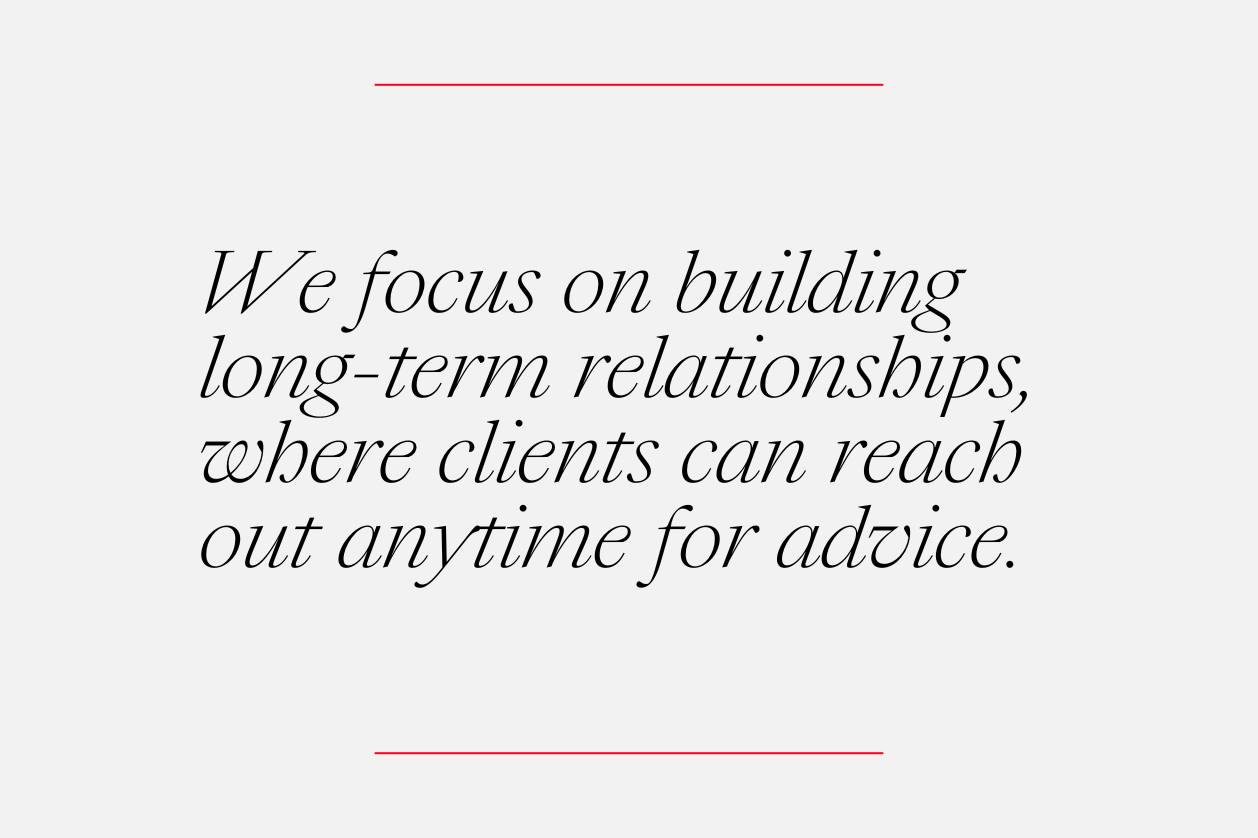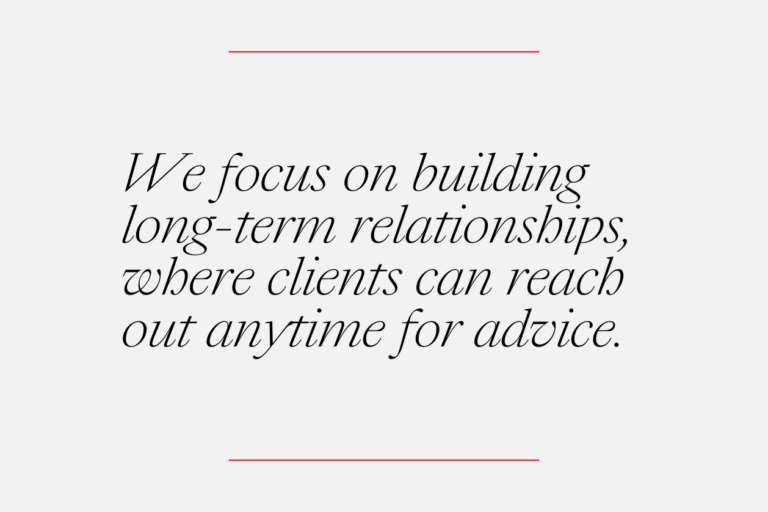Insurance-Related Trends, Risks, and Recommendations for Private Equity Transactions: A Conversation with Ryan Seager at Associated (Part 2)
By Robert Connolly, Levenfeld Pearlstein, LLC
In an ongoing series, Robert Connolly, a partner at Levenfeld Pearlstein, LLC, speaks with experts in the M&A field. This article presents the second part of a conversation with Ryan Seager, private equity practice leader at Associated, a leading insurance and risk management firm. Seager advises private equity sponsors, helping them navigate the insurance-related complexities of their investments. This discussion focuses on current trends, emerging risks, regulatory shifts, and best practices for private equity sponsors.
In Part 1, Seager discussed Associated’s role in private equity and M&A transactions and detailed the risks that sponsors should be aware of.
The following is a summary of their conversation, edited for brevity and clarity.
Current Trends in Insurance
Connolly began by asking Seager about current trends in the insurance market. Seager noted a significant surge in the adoption of representations and warranties insurance (RWI), especially in PE deals. While limited carrier bandwidth and high coverage rates were challenges in 2020-2021, the market has since expanded. This expansion has made RWI more accessible and competitive.
“Standard insurance carriers like CNA, Chubb, Zurich, and the like have established dedicated private equity practices, streamlining the underwriting process to meet the fast-paced nature of PE transactions. This focus has improved underwriting efficiency and made the process more consistent across deals.”
Seager also pointed to increased buying power in employee benefits and 401(k) programs. For example, United Healthcare’s private equity sector can underwrite multiple portfolio companies, creating cost efficiencies through group pricing.
Emerging Risks
Connolly next asked what risks are emerging that private equity firms should be aware of. Cyber risk remains a top concern, including direct attacks and dependent business interruption. Seager explained that if a healthcare business relies on a clearinghouse that suffers a cyberattack, the resulting disruption can severely impact operations.
“Ensuring coverage extends to key vendors is critical.”
Business interruption tied to supply chain issues is another growing risk. Disruptions can occur when a key supplier fails, which may leave the business facing operational downtime. Seager recommends structuring the business to reduce these exposures and securing appropriate insurance coverage.
Regulatory Changes and Industry Shifts
Seager emphasized the impact of technology and AI adoption on the industry, and that businesses need to understand how AI affects operations, risk, and compliance. He noted the importance of expert partners, including legal, accounting, insurance, and business services, to help navigate these shifts.
“It’s difficult for businesses to be experts in all areas, so having trusted advisors with deep industry knowledge ensures they stay ahead of regulatory and technological changes.”
The Influence of Data, Analytics, and AI on Underwriting
Associated has invested heavily in data and analytics and has a team dedicated to analyzing claims data. They identify patterns and risk factors, which allows them to be proactive. For instance, if they notice a pattern of slip-and-fall claims, they can address footwear requirements with management, reducing future claims. They have also established an AI Committee to explore how AI can enhance underwriting, streamline insurance submissions, and improve internal efficiency.
Best Practices for Private Equity Firms
When preparing for a transaction, Seager recommends having a trusted insurance partner. Consolidation among carriers means less attention to the middle and lower middle market. A partner with deep expertise in this segment—engaged from due diligence through exit—can add tremendous value.
Case Studies and Examples
Seager then shared several real-world examples:
-
Workers’ Compensation: Associated identified a client’s experience modification rate that was set to increase, which would drive a 50% premium increase. They conducted an OSHA-style audit, identified issues, and implemented solutions to reduce future costs.
-
Environmental Liability: In a manufacturing deal, the buyer was concerned about environmental liabilities. Associated proposed comprehensive go-forward coverage and structured a solution to address past liabilities, which helped negotiate seller cost-sharing.
-
ACA Compliance: A portfolio company’s headcount exceeded 100 employees, which triggered Affordable Care Act compliance issues. Associated quantified the potential exposure and helped the sponsor address it in the purchase agreement, reducing post-close risk.
“We focus on building long-term relationships, where clients can reach out anytime for advice. This approach ensures alignment throughout the deal lifecycle and maximizes investment outcomes.”

This interview provides valuable insights into the evolving landscape of insurance within the private equity space and offers a roadmap for PE firms to navigate insurance complexities effectively.


